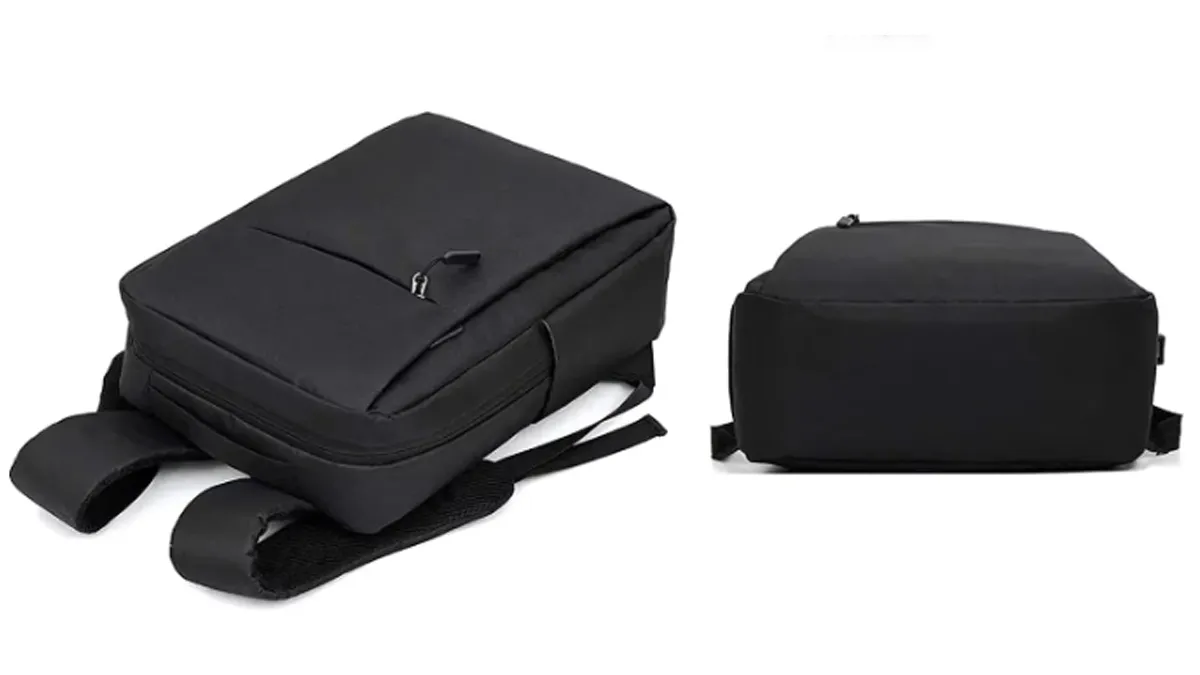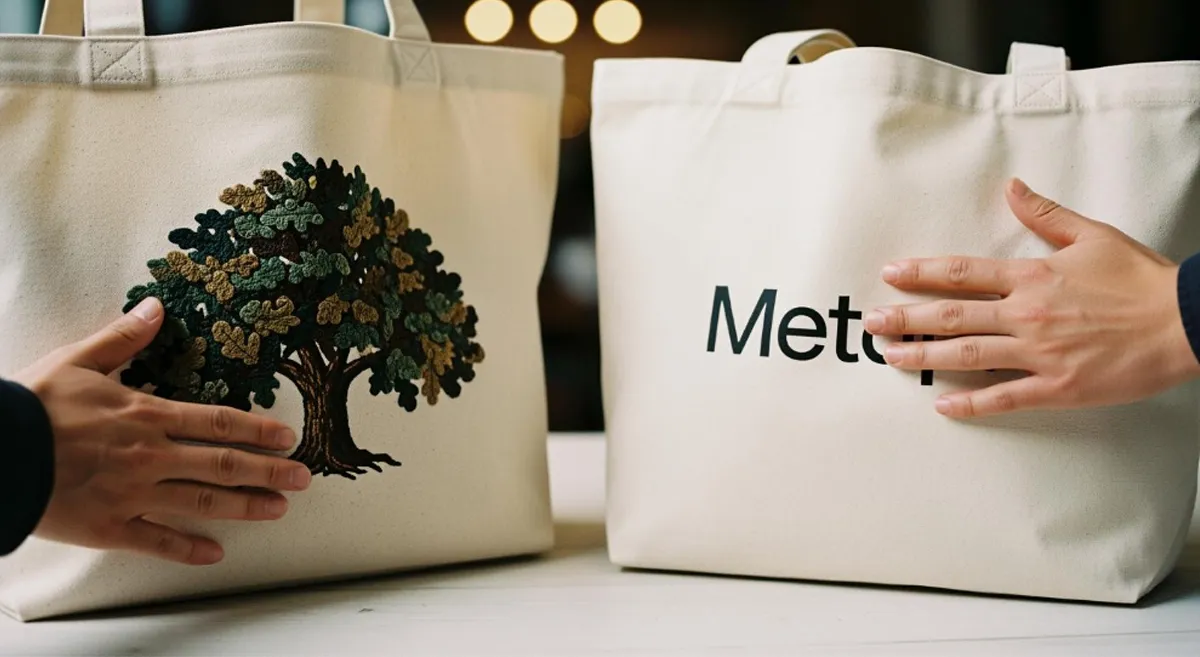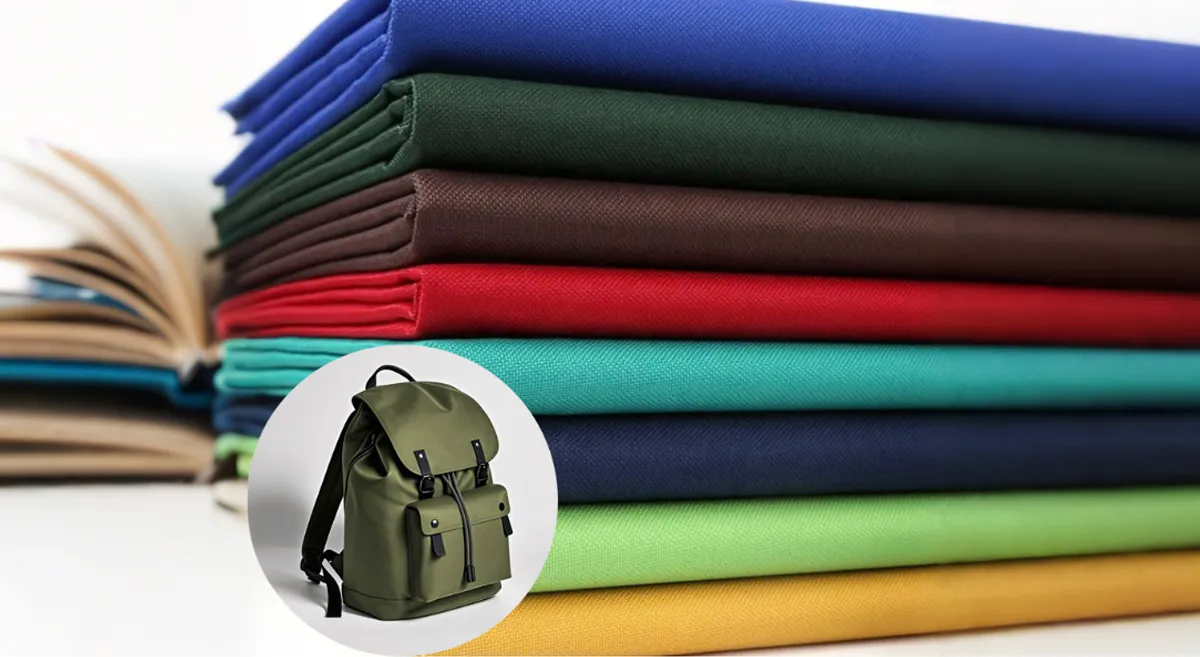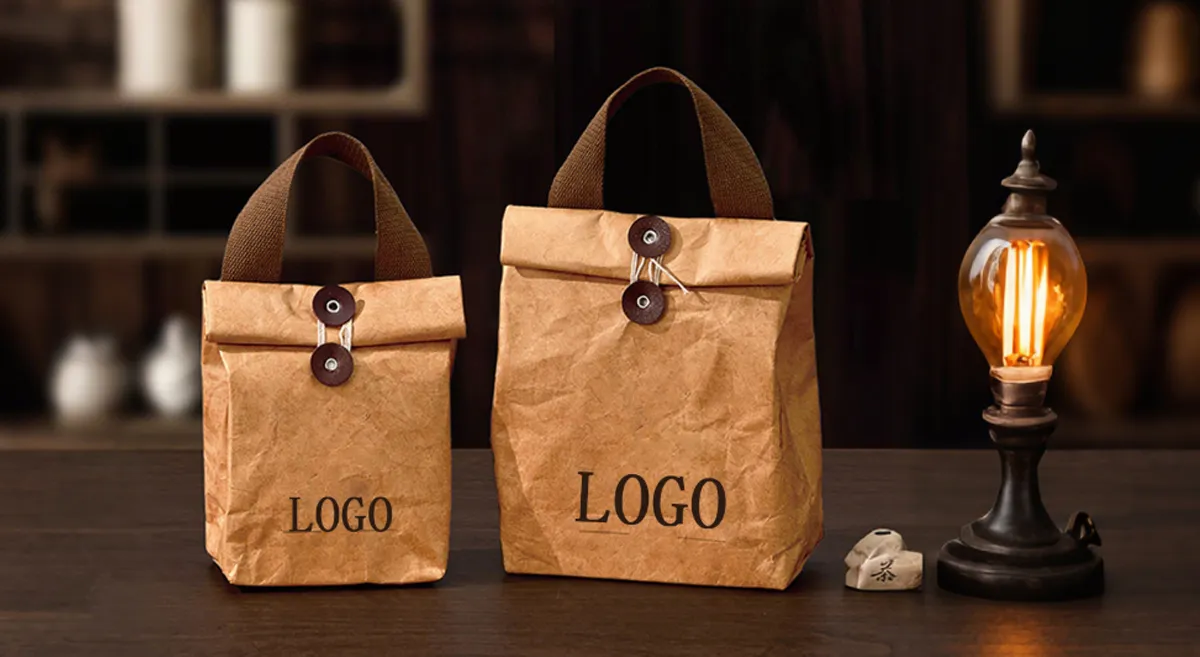Are you wondering how much money to spend on a backpack? Backpack prices in the U.S. can be very different. Here is a simple guide:
| Price Range | Description | Example Backpack |
|---|---|---|
| Budget Range | Basic backpacks for everyday use, may not last long. | Nevo Rhino 50 Liter – $44 |
| Balanced Range | Strong, well-made packs that are a good deal. | Deuter Aircontact Core 50+10 – $230 |
| High-End Range | Special backpacks with extra features. | Peak Design Travel Backpack – $300 |

Prices change because of features, materials, and brand name. When you choose a backpack, think about how it fits you. Make sure it feels good to carry. Check how much stuff it can hold. Picking the best backpack helps every trip go better!
Key Takeaways
- Backpack prices are different because of type, features, and materials. Cheap backpacks start at about $44. Expensive ones can cost more than $500.
- Daypacks are best for short trips. They cost from $65 to $199.95. Pick simple styles for school or city to save money.
- Travel packs are made for vacations. They can cost more because they use strong materials and have more features. Look for comfort and good organization.
- Hiking packs cost between $180 and $300. They should fit well and help carry heavy things on long trips. Always try them on before you buy one.
- Technical packs are made for special activities like climbing or skiing. These backpacks usually cost $200 to $400.
- When you shop, check the materials and stitching. Strong fabric and extra stitching make backpacks last longer.
- Choose backpacks with many pockets and compartments. This helps you keep your things organized and easy to find.
- Always test how a backpack fits with your own gear. A good fit stops pain and makes your trip better.
Backpack Price by Type

Picking the right backpack can be hard. Knowing backpack types helps you choose. There are different categories. Backpack price, features, and style change by what you need.
Daypacks
Price Range
Daypacks are good for short hikes, school, or daily use. Most daypacks cost from $65 to $199.95. The price changes by brand, materials, and extra features. A simple bag for snacks and water costs less. Packs with special pockets, waterproof fabric, or a cool back cost more.
| Pack Type | Price Range |
|---|---|
| Daypacks | $65 – $199.95 |
Features
Daypacks have many choices. You might see:
- Different sizes for how much gear you carry
- Frames for support (some have none, some have light frames)
- Easy ways to get your stuff
- Space for a water bladder
- Cool backs for comfort
- Rain covers for wet days
Waterproof daypacks cost over $200. Packs with cool backs or extra pockets cost more. Some daypacks look simple, but price goes up with hiking or biking features. More technical designs mean higher backpack price.
Tip: If you need a daypack for school or city, skip expensive features and save money.
Travel Packs
Price Range
Travel packs are great for trips or vacations. Travel backpack prices change a lot. Some are cheap, but most cost more if they use strong, light, or recycled materials. The best travel backpack costs more for strong seams, comfy straps, and smart pockets.
Features
Look for these when shopping for a travel backpack:
- Strong materials for airports and bus rides
- Light design for easy carrying
- Strong seams and straps for heavy loads
- Many pockets for clothes and gear
- Lockable zippers for safety
- Soft hip belts and shoulder straps
- Removable daypacks for short trips
Some travel backpacks use recycled or eco-friendly fabrics. You may see USB charging ports or anti-theft tech. These features make the price go up, but travel is easier and safer.
New travel backpacks have smart extras like solar panels, hydration checks, and GPS locators. Packs with these extras cost more. Some cheap travel backpacks have many features too, so think about what you need most.
Note: You do not always need the fanciest travel backpack. Sometimes, a simple pack with good pockets and comfort is best.
Hiking Packs
Price Range
Hiking packs are made for longer trips. The price is usually $180.00 to $300.00. Some are cheaper, but may not last or carry heavy loads well.
| Pack Type | Price Range |
|---|---|
| Hiking Packs | $180.00 – $300.00 |
Features
Hiking packs have special features for outdoor trips. You will find:
- Adjustable torso length for better fit
- Strong materials for durability
- Extra pockets for gear and snacks
- Support for heavy backpacks
- Whistles on straps for safety
- Rain covers and hydration sleeves
Here are some popular hiking packs and what you get:
| Pack Name | Price Category | Features Included |
|---|---|---|
| Deuter Aircontact Ultra 50+5 | Average | Predictably average value |
| Granite Gear Crown 3 60 | Average | Predictably average value |
| Osprey Exos 58 | Average | Predictably average value |
| Osprey Atmos 65 | Specialized | Many features, adjustable torso, high performance |
| Osprey Aether 65 | Specialized | Durable, good for heavy loads, adjustable torso, whistle on strap |
| Gregory Baltoro 75 | Specialized | High performance, many features |
| ULA Circuit | Specialized | High performance, many features |
| Nevo Rhino 65+5L | Low price, poor performance | Decent value, but poor performance |

If you want a hiking pack for backpacking or long trips, look for adjustable support and good design. These help you carry heavy loads easily. Some hiking packs use ultralight and eco-friendly materials. Brands use Dyneema or recycled polyester to make packs lighter and greener. This can make the backpack price go up, but it helps on long hikes.
Tip: Try hiking packs on before buying. A good fit matters a lot, especially for long trips.
Technical Packs
Price Range
Technical packs are built for tough jobs. You might use one for climbing, skiing, or mountaineering. These backpacks cost more than regular packs. Most technical packs range from $200 to $400. Some high-end models go above $500 if you want special materials or advanced features.
| Pack Type | Price Range |
|---|---|
| Technical Packs | $200 – $400+ |
You pay more for technical packs because they use strong fabrics and smart designs. If you need a pack for climbing or winter sports, expect to spend extra for safety and durability.
Features
Technical packs come loaded with features. You get:
- Reinforced stitching for heavy loads
- Ice axe loops and gear straps
- Helmet holders and rope carry systems
- Weatherproof materials for snow and rain
- Adjustable frames for comfort
- Quick-access pockets for tools
Some technical packs have special compartments for avalanche gear or climbing hardware. You might see packs with removable lids or extra padding for rough terrain. These features help you stay safe and organized on tough adventures.
Tip: Try on technical packs before you buy. Make sure the straps and back panel fit your body. A good fit helps you carry heavy gear without pain.
Specialty Packs
Laptop
Laptop backpacks focus on tech protection. You see padded sleeves for laptops up to 16 inches. Many use water-resistant fabric to keep your gear dry. Organizer pockets hold chargers, mice, and cables. Some laptop packs have USB charging ports or anti-theft zippers. Prices range from $50 to $200. Gaming laptop backpacks cost more because they use extra padding and tough materials.
School
School backpacks keep things simple. You want a lightweight design with lots of space for books and supplies. Most school packs cost between $30 and $80. Some have padded straps and water bottle pockets. You might see fun colors or patterns. School backpacks do not need fancy features, so you can save money here.
Camera
Camera backpacks are made for photographers. You get a modular interior with padded dividers. This keeps your camera and lenses safe. Many camera packs use weatherproof fabric and offer quick side access. Some have tripod straps and hidden pockets for memory cards. Prices start around $80 and go up to $300 for pro models. If you carry expensive gear, you want a pack that protects it from bumps and rain.
- Camera backpacks: Modular interior, weatherproof build, quick access for gear.
- Gaming laptop backpacks: Padded laptop compartment, water-resistant fabric, organizer pockets.
- School backpacks: Lightweight, lots of storage, simple design.
Note: Specialty packs focus on one job. If you need to carry a laptop, camera, or school books, pick a pack that matches your gear. You do not need to pay for features you will never use.
If you travel often, you might want the best travel backpack with a laptop sleeve and camera compartment. This way, you get the features you need for work and play.
Backpack Features

When you shop for a backpack, you want to know what makes one pack better than another. Let’s break down the key features to consider so you can pick the right one for your needs. These details affect how your backpack works, how long it lasts, and how comfortable it feels on your back.
Materials
Fabric
The fabric of your backpack matters a lot. It decides how tough your pack will be and how much you pay. Here’s a quick look at the most common fabrics:
| Material | Durability | Price Implication |
|---|---|---|
| Canvas | Highly durable, breathable, withstands abrasion | Generally more expensive due to natural fibers |
| Polyester | Lighter, water-resistant, easier to clean | Less expensive, but may not last as long |
| Nylon | Stronger, more durable, abrasion-resistant | Typically more expensive than polyester |
Canvas feels sturdy and lasts a long time. You might like it if you want a classic look and don’t mind a little extra weight. Polyester is lighter and easy to clean, which makes it a good choice for school or city use. Nylon stands out for its strength and durability. If you plan to use your backpack for hiking or travel, nylon can handle rough use and heavy loads.
Tip: If you want a backpack that lasts for years, nylon or canvas are smart picks. For a lighter, budget-friendly option, go with polyester.
Stitching
Stitching holds your backpack together. Strong stitching means your pack can handle more weight and daily wear. Look for double or reinforced stitching, especially on the straps and seams. If you see loose threads or weak seams, the backpack may not last long. Good stitching adds to the durability and function of your pack.
Organization
Compartments
Compartments help you keep your stuff sorted. Many people love backpacks with lots of compartments because you can separate your books, clothes, and gadgets. For example, a laptop backpack with multiple compartments makes it easy to organize your tech and school supplies. Some travel backpack features include special sections for shoes or dirty laundry, which adds to the pack’s versatility and function.
Pockets
Pockets add even more function and versatility. You might want a front pocket for snacks, side pockets for water bottles, or hidden pockets for valuables. Backpacks like the SwissGear Commander and Solo New York Ambition Urban get high marks from users for their smart pocket layouts. More pockets usually mean better organization, but they can also raise the price.
Note: If you travel or carry lots of gear, look for a backpack with plenty of compartments and pockets. This boosts functionality and makes your life easier.
Comfort
Padding
Padding is a big deal for comfort. Shoulder strap pads with soft foam and mesh help spread the weight and keep your shoulders happy. If you carry your backpack for long hours, you’ll notice the difference right away. Padding also protects your gear inside the pack.
Straps
Straps do more than just hold your backpack on your back. Wide, padded straps make heavy loads feel lighter. Adjustable straps let you fit the pack to your body, which helps with comfort and function. Some backpacks even have chest or waist straps for extra support. These features add to the versatility and functionality of your pack.
Tip: Try on a backpack before you buy it. Make sure the straps feel good and the padding is thick enough for your needs.
When you look at backpack features, think about how each one adds to the function, comfort, and versatility of your pack. The right mix of materials, organization, and comfort can turn a simple bag into your favorite travel buddy.
Weather Resistance
When you choose a backpack, you want it to handle bad weather. Rain, snow, and mud can mess up your things if your pack is not ready. Two features help keep your stuff dry: water repellent coatings and special zippers.
Water Repellent
Water repellent coatings help a lot in the rain. Some backpacks have layers that stop water from getting inside. Many packs use recycled nylon with extra coatings like polyurethane (PU) and thermoplastic polyurethane (TPU). These coatings keep water out, so your clothes and electronics stay dry.
For example, the Patagonia Guidewater backpack uses recycled nylon with PU and TPU coatings. This mix gives great waterproofing. You can walk in heavy rain and your gear will stay safe. Packs with these coatings usually cost more. The price is higher because brands use better materials and build. If you need a backpack for hiking, fishing, or travel, paying more for weather resistance is smart.
Tip: If you want to use your backpack outside, pick one with water repellent coatings. You will be glad when it rains.
Zippers
Zippers are important for keeping water out. Basic zippers can let rain get inside and soak your things. Water-resistant zippers fix this problem. They use a Polyurethane coating on the zipper tape to block water and last longer.
You can find water-resistant zippers on many outdoor and travel backpacks. Some start at about $7.85, but fancy ones like the Rain Defyer™ zipper can cost up to $75.59. These zippers give the best protection, even in heavy rain. Backpacks with these zippers cost more, but your gear stays safe.
Here is a table that shows how zipper types affect your backpack:
| Zipper Type | Water Protection | Price Impact |
|---|---|---|
| Basic Zipper | Low | Minimal |
| Water-Resistant | Medium | Moderate |
| Rain Defyer™ | High | Significant |
Note: If you carry electronics or important papers, pick a backpack with water-resistant zippers. You will not have problems if the weather changes.
Weather resistance makes your backpack last longer and keeps your things safe. You might pay more, but you get good protection. When you shop, look for water repellent coatings and strong zippers. These features help you get ready for any trip.
Backpack Fit
Finding the right backpack fit can make every adventure easier. If you pick the wrong size, you might feel sore or tired before you even reach your destination. Let’s walk through the backpack size guide together so you can get the best comfort and durability from your pack.
Sizing
Capacity
Backpack capacity tells you how much gear you can carry. If you plan a short day trip, you need a smaller size. For longer hikes or travel, you want a bigger pack. Most daypacks hold 15 to 30 liters. Hiking packs often range from 40 to 70 liters. Always check the backpack size guide to match your needs.
Trip Length
Think about how long your trip will be. If you’re heading out for a weekend, a medium size works well. For week-long adventures, you need more space. The backpack size guide helps you pick the right size for your journey. If you pack too much, you’ll struggle with weight. If you pack too little, you might leave important things behind.
Here’s how to measure for a backpack:
- Measure your torso length. Find the bony bump at the base of your neck (C7 vertebra) and measure down to the top of your hips (iliac crest).
- Use your torso length to find your pack size. Check product pages for torso ranges and try on different sizes.
- Measure your hip size. Wrap a tape measure around the top of your hips to make sure the hipbelt fits well.
Tip: Always try on backpacks before you buy. A good fit means better comfort and less strain.
Adjustability
Straps
Adjustable straps help you get the perfect fit. The shoulder straps should curve over your shoulders without pressing too hard. They should feel snug but not tight. Load lifter straps angle up from your shoulders to the pack at about 45 degrees. This helps balance the weight. The sternum strap sits just below your collarbone and keeps the shoulder straps stable.
| Feature | Function |
|---|---|
| Hip Belt | Distributes weight across hips, reducing shoulder strain. |
| Shoulder Straps | Keeps the pack close to the body, allowing for movement without discomfort. |
| Load Lifters | Adjusts pack angle to pull weight closer to the center of gravity for better balance. |
| Sternum Strap | Stabilizes shoulder straps and prevents them from sliding, enhancing overall fit. |
| Stabilizer Straps | Adjusts pack proximity to the back for improved control and stability while hiking. |
Back Panel
A good back panel adds comfort and helps with airflow. Some panels adjust to fit your back shape. If you sweat a lot, look for a pack with a mesh back panel. This keeps you cool and dry.
Comfort
Weight Distribution
How you wear your backpack affects comfort and health. If you use both straps, you spread the weight evenly. This keeps your posture neutral and reduces fatigue. The hip belt takes the load off your shoulders and puts it on your hips. Short, stiff shoulder straps help place the load in the right spot. If you carry more than 40% of your body weight, you risk back pain and muscle strain.
- Wearing both straps keeps your posture straight.
- Using one strap can cause muscle imbalances and back pain.
- A poorly fitted or heavy backpack can lead to shoulder strain and neck stiffness.
Body Type
Everyone’s body is different. Some packs fit tall people better. Others work for shorter frames. Always check the backpack size guide and try on different models. If you feel pressure points or discomfort, adjust the straps or pick another size.
Note: The right backpack fit means less pain and more fun. Take time to measure and adjust your pack before you head out.
Choose a Backpack
Choosing your pack can feel overwhelming, but you can make it simple by breaking the process into a few easy steps. Let’s walk through how to match your needs, budget, and features so you end up with a backpack that feels just right.
Assess Needs
Use Case
Start by thinking about how you’ll use your backpack. Are you heading to school, planning a weekend hike, or searching for the best travel backpack for a big trip? Your activity shapes what you need most.
- For city life or school, you want something lightweight with space for books and maybe a laptop.
- For hiking, look for a pack that fits your torso and holds enough gear for your trip length.
- For travel, you need strong materials, smart pockets, and maybe a removable daypack.
Match the bag to your activity: urban, hiking, or travel. For shorter torsos, look for backpacks labeled ‘Short’ or ‘Small.’ For longer torsos, try ‘Regular’ or ‘Tall’ sizes.
Gear Estimate
You need to know how much stuff you’ll carry. Here’s a quick way to figure out the right size:
- Gather your tools: measuring tape, notepad, and a helper if you have one.
- Measure the height, width, and depth of your current backpack or the one you want:
- Height: Measure from the bottom seam to the top, not counting the handle.
- Width: Find the widest part.
- Depth: Measure from front to back, filling the bag for accuracy.
- Multiply height × width × depth (in centimeters), then divide by 1,000 to get liters.
If you’re not sure, test your backpack with a realistic load. Walk around, climb stairs, and adjust the straps. Make sure most of the weight sits on your hips, not your shoulders.
Tip: Always try your backpack with your usual gear before you buy. This helps you spot any comfort issues early.
Set Budget
Price vs. Value
Setting a realistic budget is key before you shop. Think about how often you’ll use your backpack and what you expect from it. If you need a pack for daily use or long trips, it makes sense to spend a bit more for durability and comfort.
- Consider how often you’ll use the backpack and what activities you have planned.
- Evaluate the quality and durability needed for your needs.
- Compare prices and features of different backpacks within your budget range.
- Remember, the cheapest option may not give you the best value or last as long.
When you look at your budget, think about the long-term value. A high-quality backpack that lasts for years often costs less in the long run than a cheap one you replace every year. Look for packs made from strong materials, with a good reputation, and a solid warranty.
Essential Features
Focus on the features that matter most for your needs. Here are the essentials to look for:
- Comfort: You’ll want padded straps and a good fit, especially for long days.
- Organization: Multiple pockets make it easy to find your stuff.
- Durability: Quality materials help your backpack last longer.
- Weather Protection: Keeps your things safe from rain or spills.
- Design Elements: Pick features that match your activity, like a laptop sleeve for school or a hydration sleeve for hiking.
For travel, look for spacious compartments, protective pockets, and a comfortable harness. For day trips, a simple design with enough space for essentials works best. If you’re heading outdoors, choose a pack with weather resistance and tough construction.
Note: Quality materials and comfort should always be at the top of your list, no matter your needs.
Shop Smart
Compare Brands
You want the best value for your money. Start by narrowing down brands that fit your needs. Research brands that have good reviews and have been tested by other users. Compare features between models to find the one that matches your activity and gear.
- Consider your intended use to narrow down suitable brands.
- Look for brands with a strong reputation and positive reviews.
- Compare features, not just price, to find the best fit.
Read Reviews
Don’t skip the reviews! Customer feedback can tell you a lot about real-world performance.
- Most people trust reviews, and they can help you avoid common problems.
- Look for text, photo, and video reviews for a full picture.
- Reviews can reassure you that you’re making a smart choice.
Did you know that 61% of shoppers read online reviews before buying? People trust these opinions almost as much as personal recommendations. Reading reviews helps you spot issues and find out if the backpack really meets your needs.
Find Deals
You don’t have to pay full price to get a great backpack. Here are some ways to save:
- Shop during sales or back-to-school events.
- Check for last season’s models, which often cost less but work just as well.
- Look for bundles or discounts from trusted retailers.
Tip: Sign up for brand newsletters or follow them on social media. You’ll hear about deals first and might even get exclusive coupons.
When you choose a backpack, focus on your needs, set a smart budget, and shop with care. Test the fit, check the features, and read what others say. With a little planning, you’ll find a pack that feels great, lasts long, and fits your adventures.
Budget Tips
Looking for ways to stretch your backpack budget? You can get a great pack without spending too much. Let’s talk about how you can save money, invest wisely, and avoid common mistakes when shopping for backpacks.
Save Money
Sales
You don’t have to pay full price for a quality backpack. If you watch for sales, you can grab awesome deals. Here are some of the best times to shop:
- Back-to-school promotions pop up in late summer.
- Black Friday and Cyber Monday in November offer deep discounts.
- After Christmas and New Year’s, stores clear out old stock.
- Prices often drop after summer and holiday rushes.
If you wait for these sales, you can save a lot on backpack price. You might even find the best travel backpack for less.
Secondhand
Buying secondhand is another smart way to make the most of your budget. Used backpacks often cost 50-70% less than new ones. You help the planet by reusing gear. But you need to check for wear and tear. Try the backpack on before you buy to make sure it fits and feels good. Watch out for stains or broken zippers. If you’re careful, you can score a great deal and still get comfort and style.
Invest Wisely
Durability
Sometimes, spending a little more pays off. High-end backpacks use better materials and strong construction. These packs last longer and handle rough use. Budget models might look good at first, but they can fray or break after a few trips. If you want a backpack that survives years of travel, invest in durability. Look for sturdy fabric, solid stitching, and trusted brands.
Here’s what to check before you buy:
- Material quality
- Construction details
- Brand reputation
- Design features
- Size and functionality
- Balance between price and durability
A durable backpack means fewer replacements and more comfort on every adventure.
Warranty
Don’t forget to check the warranty. Many top brands offer lifetime warranties. This shows they stand behind their products. If something breaks, you can get repairs or a replacement without extra cost. A good warranty boosts your confidence and adds value to your backpack over time.
Tip: A strong warranty can make the most of your budget by protecting your investment for years.
Avoid Pitfalls
Overpaying
It’s easy to get caught up in fancy designs or big brand names. Sometimes, you pay more for style than for quality. Make sure you compare backpack price and features. Don’t buy a pack just because it looks cool or has a famous logo. Focus on what you really need.
Sacrificing Quality
Trying to save money by picking the cheapest option can backfire. Lightweight bags might not last. If you choose the wrong size, you’ll feel uncomfortable. Skipping important features like padded straps or sturdy zippers can lead to pain and frustration. Always balance price with quality and comfort.
Note: Making the most of your budget means finding a backpack that fits your needs, lasts long, and feels good every time you use it.
If you follow these tips, you’ll avoid common mistakes and get the best value for your money. Making the most of your budget is all about smart shopping and knowing what matters most.
You’ve learned how backpack price changes with type, features, and fit. Picking the right pack means thinking about your travel style, comfort, and budget. Here are some tips to help you make a smart choice:
- Know your trip length and gear needs before you buy.
- Check your torso length and hip belt size for the best fit.
- Look for deals, secondhand options, and solid warranties.
- For overnight trips, choose a pack under 35 liters.
- Weekend adventures work best with 35-50 liters.
- Longer journeys need 50-75 liters.
Want the best travel backpack for your next adventure? Focus on comfort, water resistance, and smart organization. If you need something special, we offer custom OEM and ODM services to help you get the perfect pack. Let’s make your next trip easier together!
FAQ
How much should you spend on a backpack for school?
You can find a good school backpack for $30 to $80. If you want extra features like padded straps or water-resistant fabric, you might pay more. Focus on comfort and durability. You don’t need to buy the most expensive pack to get quality.
What is the average cost of a hiking backpack?
Most hiking backpacks cost between $180 and $300. You’ll see higher prices for packs with advanced features or special materials. If you hike often, investing in a durable pack makes sense. Try on different models to find the best fit for your body.
Do expensive backpacks last longer?
Usually, yes! Backpacks with higher prices use stronger materials and better stitching. You get more comfort and durability. If you travel or hike a lot, a pricier pack can save you money over time. Always check reviews and warranties before you buy.
What features matter most for travel backpacks?
Look for strong zippers, padded straps, and smart compartments. Water resistance helps protect your gear. Some travel backpacks offer lockable zippers or removable daypacks. If you want the best travel backpack, focus on comfort, organization, and durability.
Can you use a daypack for hiking?
You can use a daypack for short hikes or city walks. Most daypacks hold 15 to 30 liters, which works for snacks, water, and a jacket. If you plan longer trips or need to carry more gear, choose a hiking backpack with extra support and space.
Where can you find deals on backpacks?
You’ll find great deals during back-to-school sales, holiday events, or online clearance. Check trusted retailers and sign up for brand newsletters. You can also look for secondhand backpacks. If you shop smart, you can save money and still get quality.
How do you know if a backpack fits well?
Try the backpack on with your usual gear. Adjust the straps so the weight sits on your hips, not your shoulders. The pack should feel snug but not tight. If you feel pressure points or discomfort, try another size or model. Comfort is key!
What’s the best way to clean your backpack?
Empty your backpack and shake out crumbs. Use a damp cloth for spots. For deep cleaning, hand wash with mild soap and let it air dry. Avoid harsh chemicals or machine washing. Keeping your backpack clean helps it last longer and look fresh.





